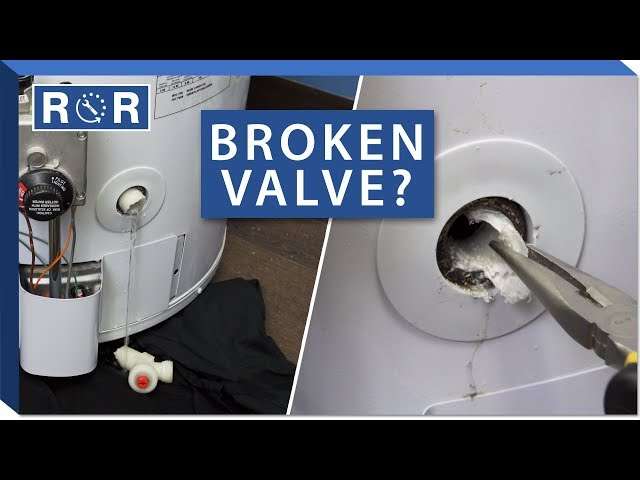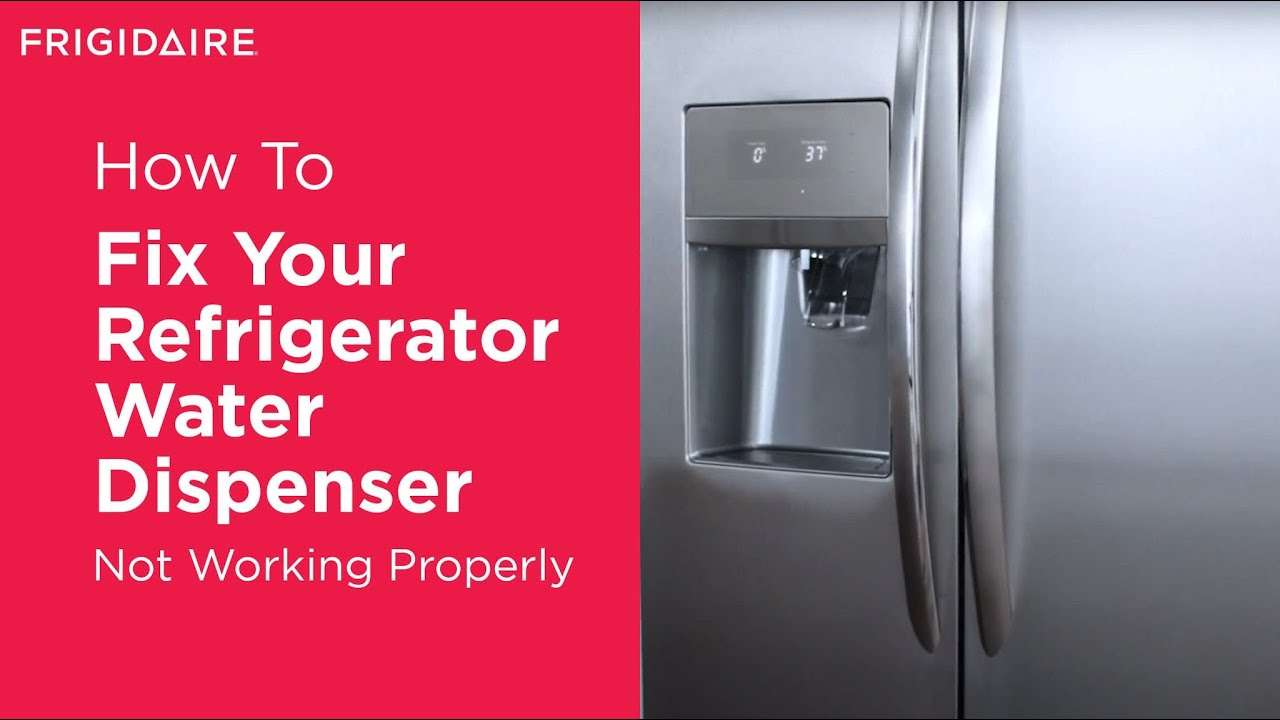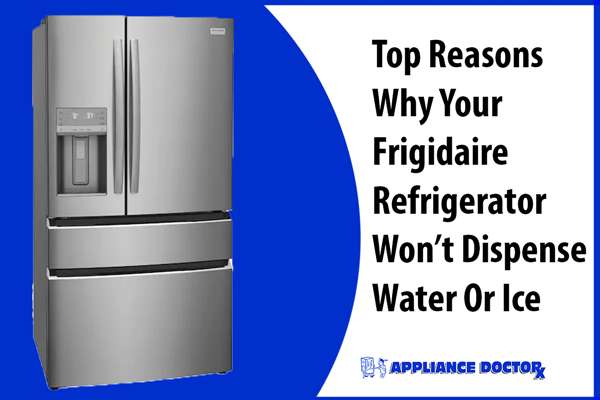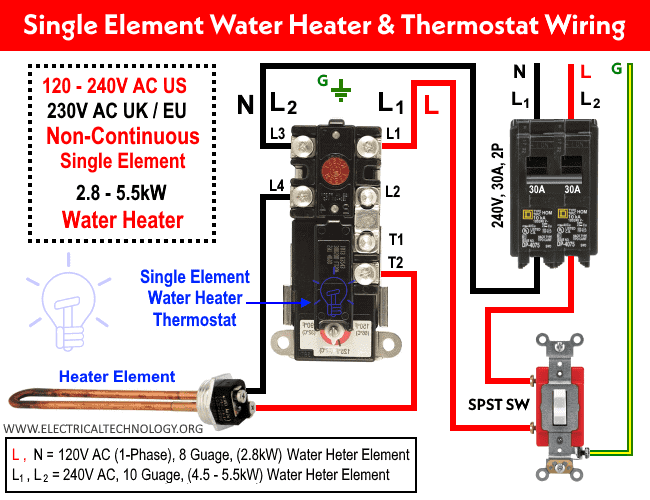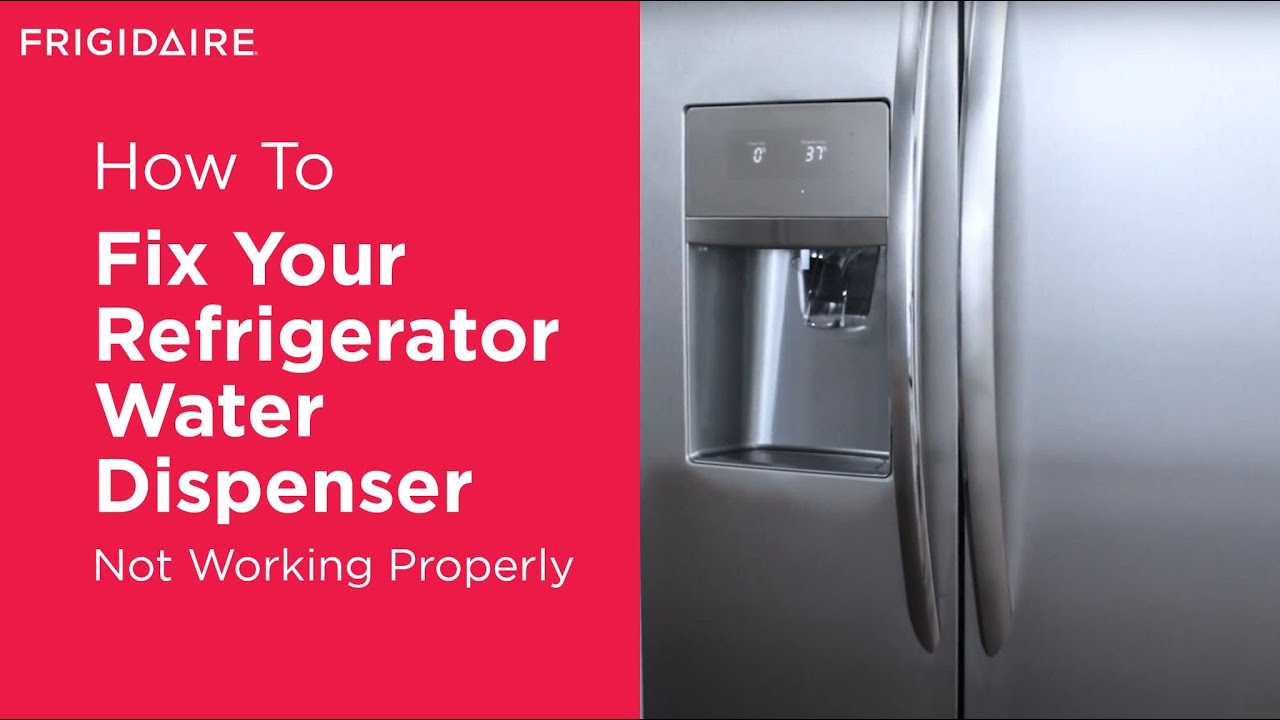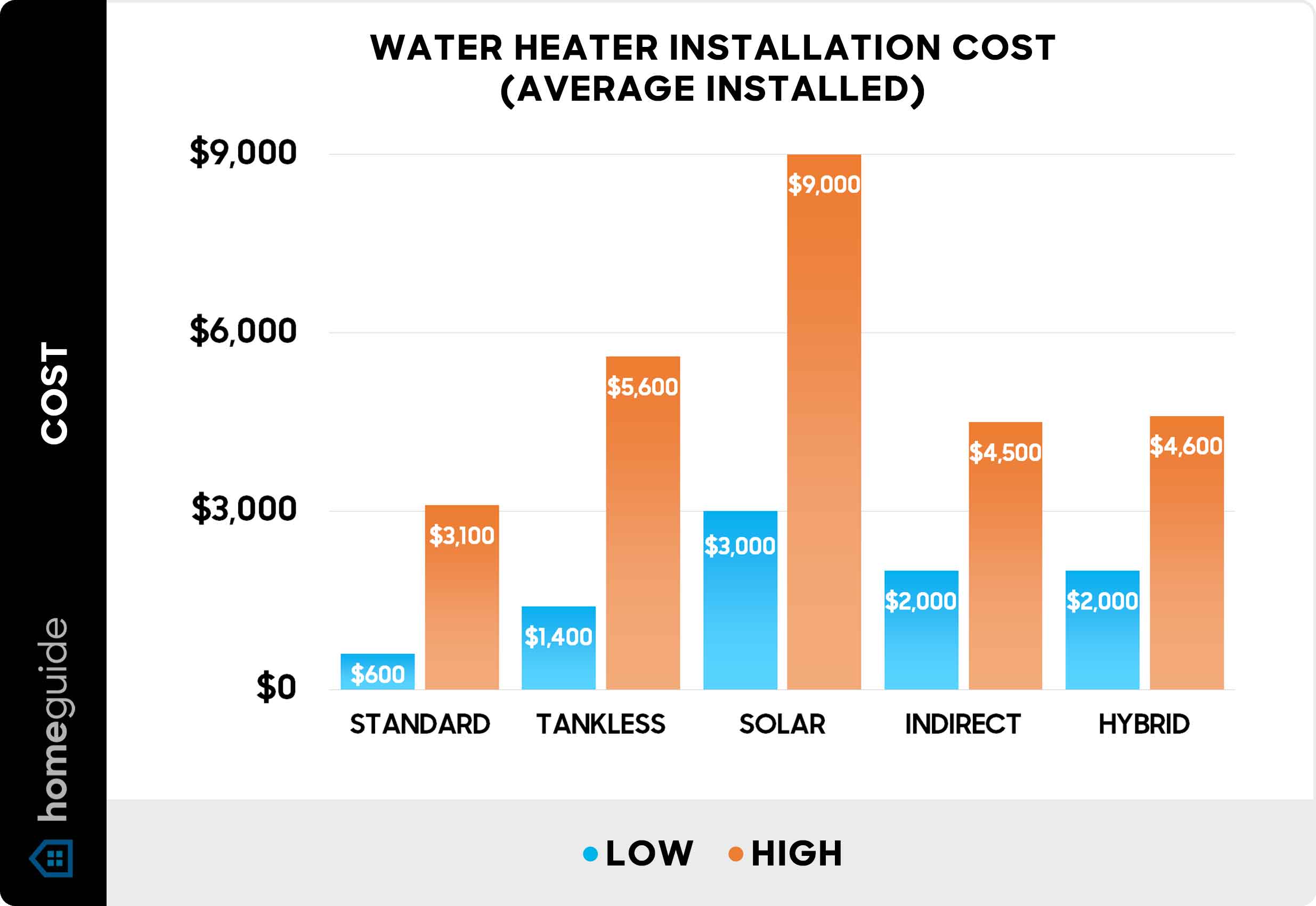The question of whether turning up your water heater extends the duration of hot water availability is a common one, often leading to confusion and speculation․ It seems intuitive that a higher temperature setting would translate to more hot water to use, but the reality is a bit more nuanced․ In essence, the answer is a qualified “yes,” but with crucial caveats related to efficiency, safety, and the potential for increased energy consumption․ Understanding the mechanics of how a water heater operates is essential to grasping the true impact of adjusting the thermostat to manipulate the supply of hot water and prevent short, cold showers․
How Water Heaters Work: A Quick Overview
To understand whether turning up the water heater affects hot water longevity, it’s helpful to know how these appliances function:
- Tank Water Heaters: These are the most common type․ They heat a tank of water to a set temperature and hold it there․ When you turn on a hot water tap, hot water is drawn from the top of the tank, while cold water enters at the bottom to replace it․
- Tankless Water Heaters: These heat water on demand, as it flows through the unit․ They don’t store hot water․
The “Dilution Effect” and Hot Water Duration
The apparent increase in hot water duration when you turn up the water heater comes down to the “dilution effect․” Let’s imagine your water heater is set to 120°F․ When you shower, hot water mixes with cold water in your shower valve to reach a comfortable temperature, say 105°F․ Now, imagine you turn up the water heater to 140°F․ The same shower valve now needs to mix in more cold water to reach that same 105°F․ Because the water in the tank is hotter, it effectively takes longer to deplete the available supply of water at the desired temperature at the tap․
Think of it like this: you have a glass of concentrated juice․ If you add a little water, it’s still very strong․ If you increase the concentration of the juice, and then add the same amount of water, it’s still going to be stronger than the first time․ A higher water heater setting is essentially increasing the concentration of “hotness,” which means the same amount of “hotness” will last longer when mixed with cold water․
Important Considerations
- Scalding Risk: Increasing the water heater temperature significantly raises the risk of scalding, especially for children and the elderly․ Many manufacturers recommend a maximum setting of 120°F to prevent burns․
- Energy Efficiency: Maintaining a higher water temperature requires more energy․ Even when not in use, the water heater will need to work harder to keep the water at the elevated temperature, leading to increased energy bills․
- Sediment Buildup: Higher temperatures can exacerbate sediment buildup in the tank, potentially reducing the lifespan and efficiency of the water heater․
- Tempering Valve: A tempering valve can be installed to automatically mix hot and cold water to a safe temperature before it reaches your fixtures, mitigating the scalding risk while still allowing you to set a higher temperature in the tank․
Tankless Water Heaters: A Different Story
The “dilution effect” doesn’t really apply to tankless water heaters․ Since they heat water on demand, turning up the temperature simply means the unit needs to work harder to achieve the higher target temperature․ It won’t extend the “duration” of hot water because there’s no stored supply to deplete; as long as the unit can keep up with the flow rate and desired temperature, you’ll have hot water․
Here’s a simple comparison:
| Feature | Tank Water Heater | Tankless Water Heater |
|---|---|---|
| Hot Water Storage | Yes | No |
| “Dilution Effect” Impact | Significant | Minimal |
| Energy Efficiency (Standby Loss) | Lower | Higher |
Before adjusting your water heater settings, carefully assess your household’s hot water usage patterns․ If you consistently run out of hot water during peak times, a higher temperature setting *might* offer a temporary solution, but it’s crucial to prioritize safety by installing a tempering valve․ However, consider the long-term implications of increased energy consumption and the potential for accelerated sediment buildup․ A more sustainable approach may involve investigating water-saving showerheads and faucets or scheduling showers at staggered times․
ALTERNATIVE SOLUTIONS FOR INCREASING HOT WATER AVAILABILITY
If simply turning up the thermostat isn’t the optimal solution, explore these alternatives:
– Larger Tank: If you have a tank water heater, consider upgrading to a larger tank size to accommodate your household’s hot water demands․
– Tankless Upgrade: Switching to a tankless water heater provides on-demand hot water, eliminating the worry of running out․
– Solar Water Heater: Harness the power of the sun with a solar water heater, a sustainable and cost-effective option in the long run․
– Insulating the Tank: For tank water heaters, adding insulation can reduce heat loss and improve energy efficiency․
– Pipe Insulation: Insulating hot water pipes minimizes heat loss as water travels to your fixtures, ensuring hotter water arrives faster;
REGULAR MAINTENANCE IS KEY
Regardless of your water heater type, regular maintenance is crucial for optimal performance and longevity․ This includes:
– Flushing the Tank: Periodically flush the tank to remove sediment buildup, which can reduce efficiency and lifespan․
– Anode Rod Inspection: The anode rod protects the tank from corrosion; inspect it regularly and replace it as needed․
– Professional Inspection: Schedule annual inspections by a qualified technician to identify potential issues early on․
MAKING AN INFORMED DECISION
Ultimately, the decision of whether or not to turn up your water heater is a personal one․ Carefully weigh the potential benefits against the risks and consider alternative solutions that may be more sustainable and cost-effective in the long run․ Remember to prioritize safety by installing a tempering valve if you choose to increase the temperature․ The most important thing to consider when thinking about **does turning up water heater make hot water last longer**, is always to consider the safety of you and your family․
Before making any changes, it’s worthwhile to perform a simple audit of your hot water usage․ Track when and how much hot water is used throughout the day․ Are there specific times when demand peaks, such as morning showers or evening dishwashing? Identifying these patterns can help you pinpoint the source of the issue and determine the most effective solution․ Perhaps adjusting shower schedules or running the dishwasher at off-peak times can alleviate the problem without requiring a change in water heater settings․
SMART HOME INTEGRATION AND HOT WATER MANAGEMENT
In today’s connected world, smart home technology offers innovative ways to manage hot water usage and improve efficiency․ Consider these options:
– Smart Thermostats for Water Heaters: These thermostats allow you to remotely control and schedule your water heater’s temperature․ You can set different temperatures for different times of the day, reducing energy consumption when hot water demand is low․
– Leak Detection Systems: Water leaks can waste significant amounts of hot water and lead to costly repairs․ Leak detection systems can alert you to leaks in your plumbing system, allowing you to address them promptly․
– Smart Shower Monitors: These devices track water usage during showers, providing insights into your showering habits and helping you conserve water․
UNDERSTANDING YOUR WATER HEATER’S LIFESPAN AND REPLACEMENT OPTIONS
Water heaters don’t last forever․ On average, tank water heaters have a lifespan of 10-15 years, while tankless water heaters can last 20 years or more․ If your water heater is nearing the end of its lifespan, it may be more cost-effective to replace it with a newer, more efficient model rather than trying to squeeze more life out of an aging unit․ Consider these factors when evaluating replacement options:
– Energy Efficiency Ratings: Look for water heaters with high Energy Factor (EF) ratings or Uniform Energy Factor (UEF) ratings․ These ratings indicate how efficiently the water heater converts energy into hot water․
– Rebates and Incentives: Many utility companies and government agencies offer rebates and incentives for purchasing energy-efficient water heaters․ Be sure to check for available programs in your area․
– Professional Installation: Proper installation is crucial for ensuring the safety and efficiency of your water heater․ Hire a qualified plumber to handle the installation process․
THE IMPORTANCE OF WATER QUALITY
The quality of your water can significantly impact the lifespan and performance of your water heater․ Hard water, which contains high levels of minerals like calcium and magnesium, can cause scale buildup in the tank and pipes, reducing efficiency and potentially leading to premature failure․ Consider these options for improving water quality:
– Water Softeners: Water softeners remove minerals from hard water, preventing scale buildup and prolonging the life of your water heater․
– Water Filters: Water filters remove sediment, chlorine, and other contaminants from your water, improving its taste and quality․
– Professional Water Testing: If you’re unsure about the quality of your water, have it professionally tested to identify any potential issues․
Ultimately, the best approach to managing your hot water supply involves a combination of factors, including understanding your household’s usage patterns, maintaining your water heater properly, and considering energy-efficient upgrades․ Remember to prioritize safety and consult with a qualified plumber or HVAC technician for personalized advice․ Keep in mind that while playing with the thermostat settings to affect **does turning up water heater make hot water last longer** might seem like a quick fix, it’s crucial to consider the overall impact on safety, energy consumption, and the longevity of your appliance․

